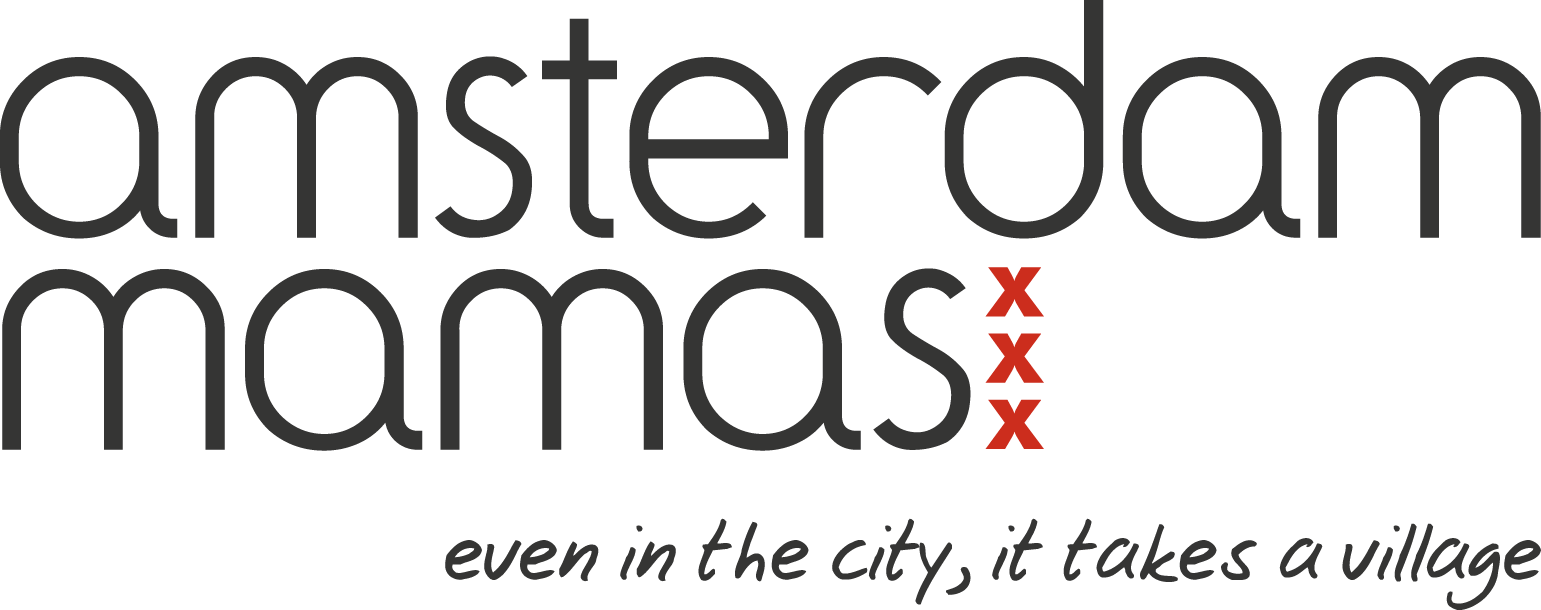Thinking about hiring a babysitter? Jasmin Kok, experienced babysitter and founder of babysitting service Oppas Madelief, has the run-down on what you need to know about babysitting in the Netherlands.
When you arrive in a new country it is nice to know what the babysitting culture is. Actually, you have made a good choice coming to the Netherlands: we have a babysitter culture that is based on trust and one that feels very natural. Sitters are rarely asked to show reference letters, diplomas, or passport information.
Starting with a Babysitter
Every parent is different but, as a general rule, Dutch families usually start by asking family and friends to babysit. When their little one has reached the age of three or four years, some parents start feeling comfortable enough to also ask neighbours and babysitting agencies to help out.
Some babysitters start working as a babysitter as young as 12 but generally, 16 is considered a minimum age for babysitters. He or she should be able to manage risks and act wisely in case of emergencies.
In the Netherlands, boys and girls both work as babysitters: girls more often than boys, but it is not considered a “girls’ job”. However, we have noticed that parents strongly prefer female babysitters, especially when their children are girls. Male babysitters are, however, very popular with the parents of boys.
Finding a Babysitter
There are several ways to find a good babysitter, even if you have just arrived and don’t have a network to rely on yet.
- Talk to the few people you already know; maybe they have children old enough to babysit or you can arrange for them to watch your children sometimes and you watch theirs.
- Write a note and hang it on the noticeboard of the local supermarket or high school.
- Use an online agency to link you to a sitter or nanny. Most agencies offer both regular and one-time-only sitters, but differ in the way they select the sitter and what type of services they offer. Check carefully what the selection process is. Sometimes agencies just scan the profile the sitters fill in on the website; others perform a thorough investigation, including a social media check, and have personal meetings and training sessions.
Qualifications and Governmental Support
In English, there is a division between nannies and babysitters. In Dutch, we only have one word for this: oppas. An oppas does not need a qualification. You cannot receive financial assistance from the government for using an oppas. The sitter has to officially register at a gastouderbureau (a childminder agency) and be certified in order for parents to be eligible for child care allowance.
(For more on the Dutch child care allowance, click here and here.)
Getting to Know the Babysitter
So, you have selected a nice babysitter. What now? In the Netherlands, most parents invite the babysitter over for a cup of coffee or tea to get to know each other. The meeting usually takes between 15 and 45 minutes and is often free of charge.
- Do this when the children are still awake so that you can see how they respond to the sitter and vice versa. In this meeting, you can make small talk about the hobbies and interests of the babysitter and explain the basic things the sitter should know.
- This is the time to discuss the fee.
- If your kids are old enough, let them give the babysitter a tour of the house and show them their rooms. In the beginning, children can find babysitters a bit scary, by giving them a task and involving them actively in the conversation, you can break the ice.
- Let the babysitter know if you would like them to cook and help around the house. It is not strange to expect the sitter to cook and eat with the kids. If you ask her to also help with the cleaning – less usual but quite practical – you should consider a higher hourly fee (read more below).
Before You Leave
- Don’t leave the house before the sitter has your phone number and knows where you are going.
- Tell the babysitter about your routine. Do you first read a book together and then brush your child’s teeth before going to bed? It’s best if the order is exactly the same as you usually do it. Does your child have a favourite and irreplaceable toy? Does this toy have a name?
- It is not strange if your child does not want to eat or drink with the babysitter at first. It takes some time to trust and know the sitter.
- Most parents leave some tea and cookies for the sitter.
Fee and Payment
Babysitters earn a fee based on their age and the amount of children they have to take care of. With some agencies (including ours), there are different fees when children are awake and asleep, but it is not always the case.
The official minimum wage for an 18-year-old, based on a 40-hour working week, can be found here. The average fee for a babysitter is a little higher and varies depending on where you live. In Amsterdam, sitters cost €7-15 per hour, while the average in other cities is much lower. If you ask the sitter to help you with other small tasks around the house, an hourly fee of €12-15 per hour is reasonable. For more information on how much to pay your babysitter, see NIBUD (in Dutch).
The fee babysitters ask for is sometimes predefined by the agencies that sitters work for. In this case, you often pay the agency rather than the sitter. With other agencies, or if it’s a friend or neighbour, you pay the sitter directly after you come home. This is usually in cash but sometimes by bank transfer.
Jasmin Kok
Jasmin Kok is the founder of Oppas Madelief, a babysitting service in the Netherlands. She started the agency six years ago, together with her twin sister Lyla, when they were students in Delft. They now have babysitters in seven cities: Delft, The Hague, Leiden, Rotterdam, Utrecht, Groningen and Amsterdam. The sisters know all their babysitters and select and train them carefully.






